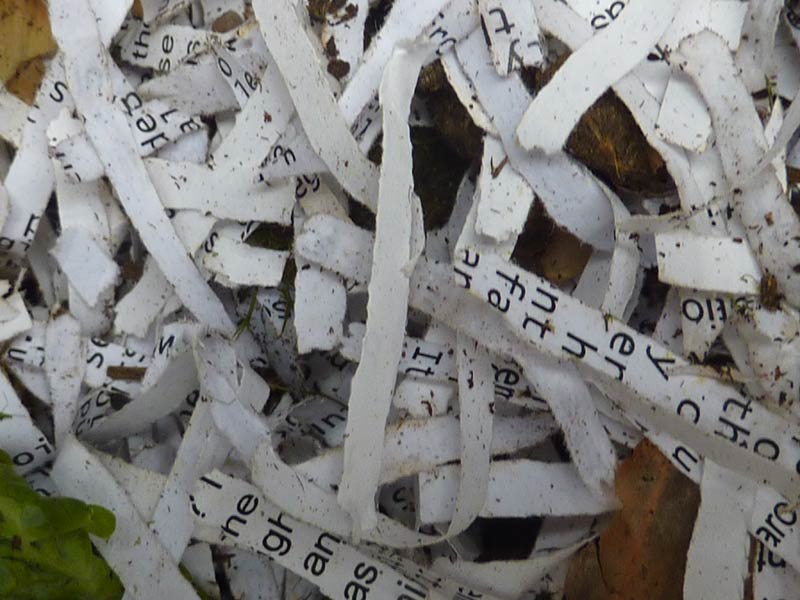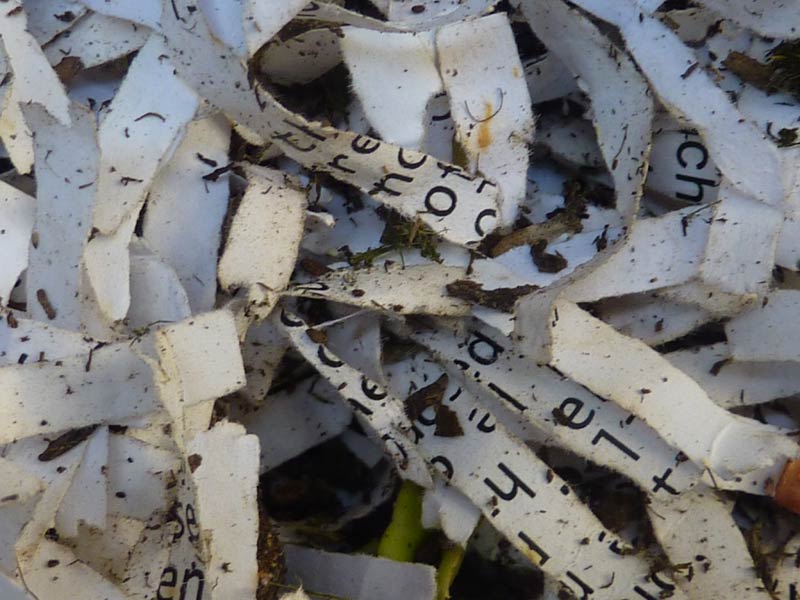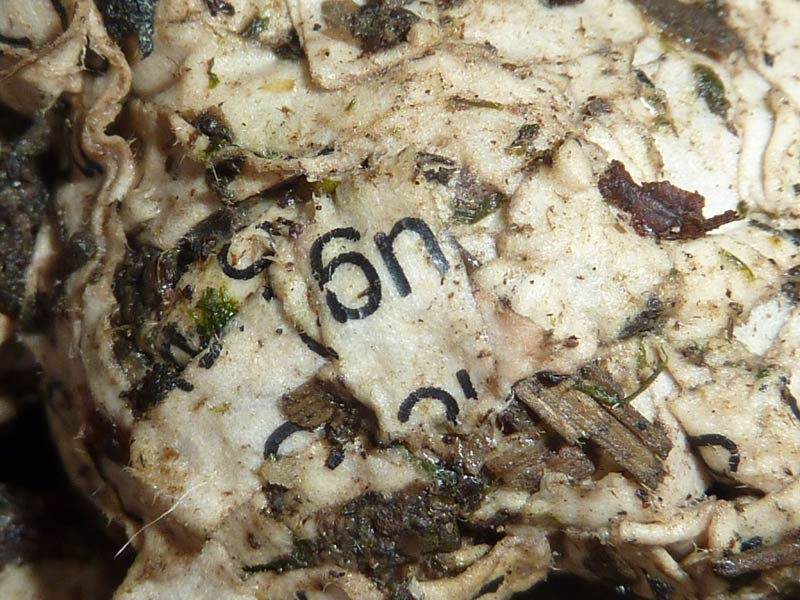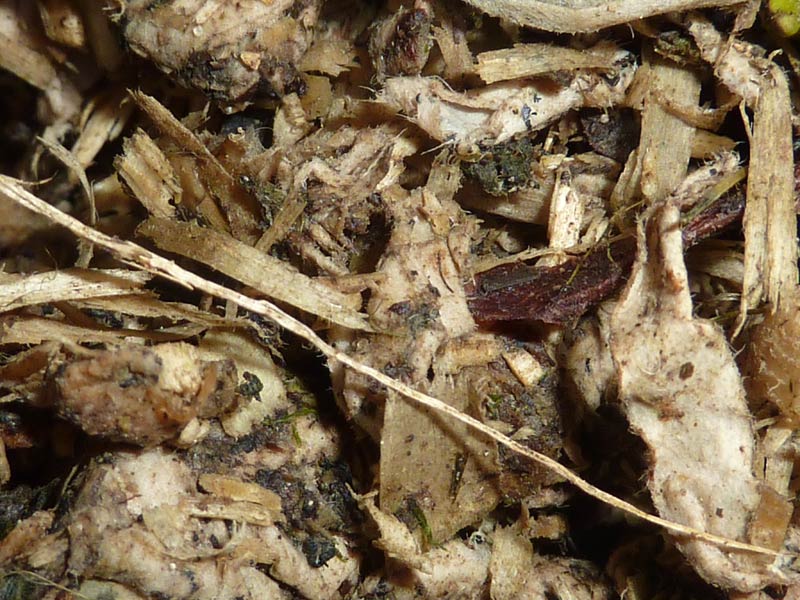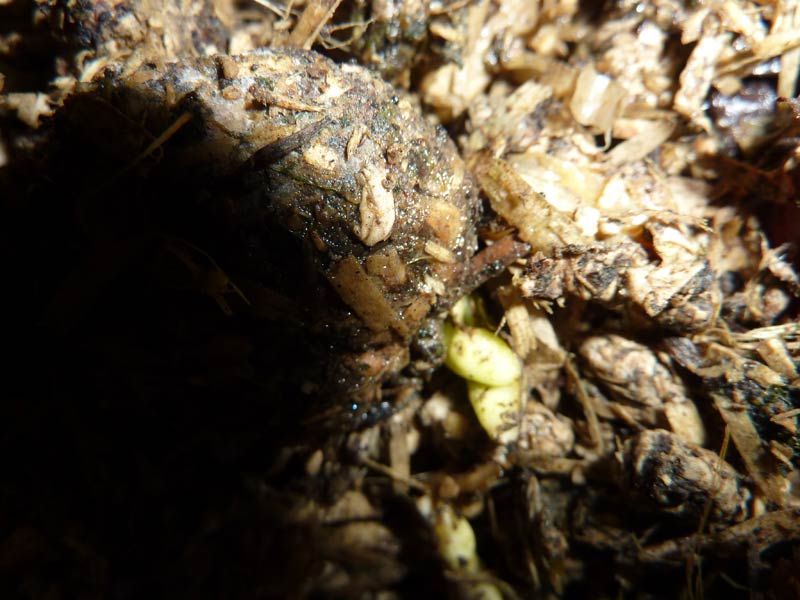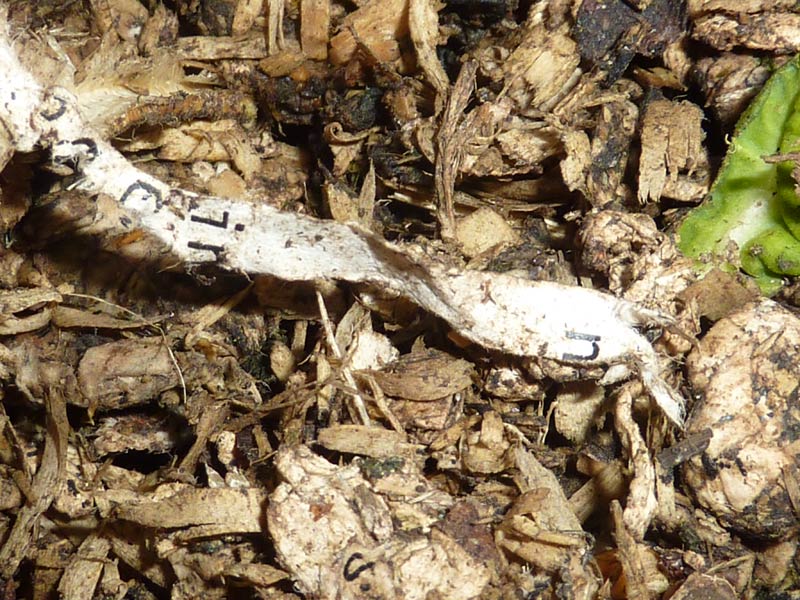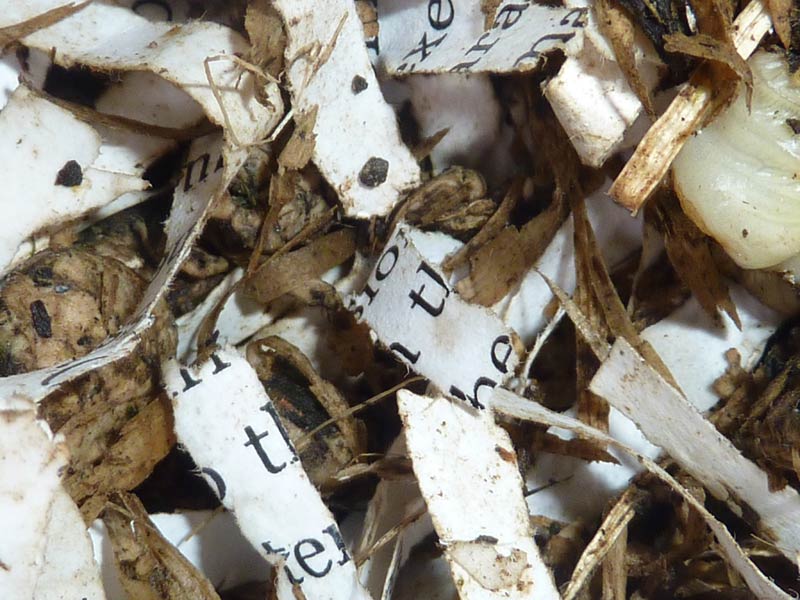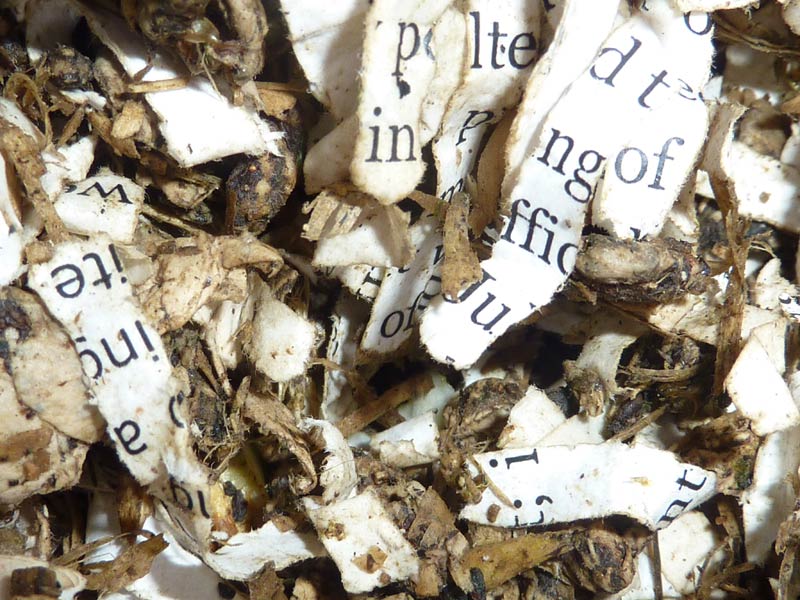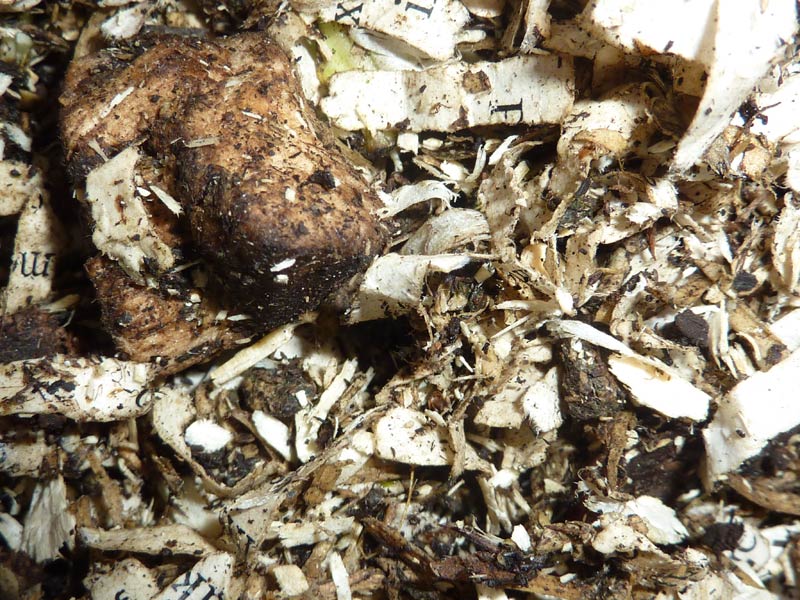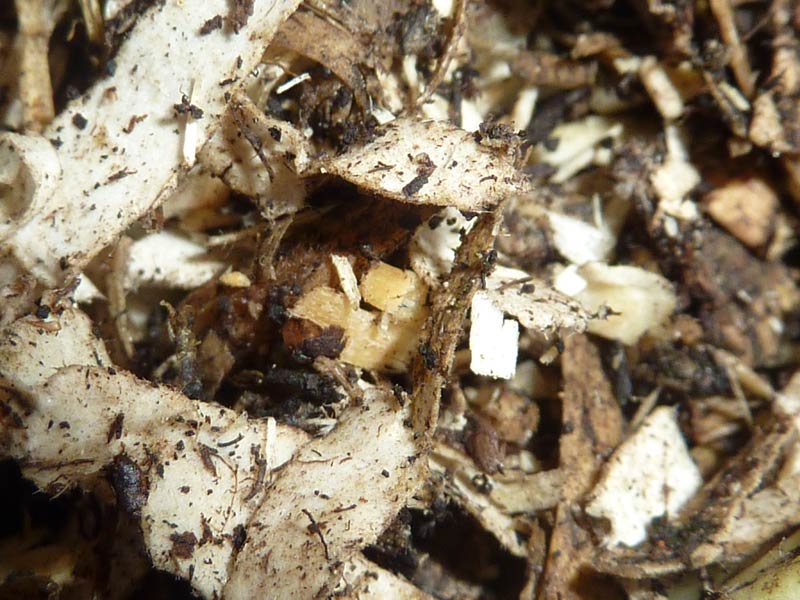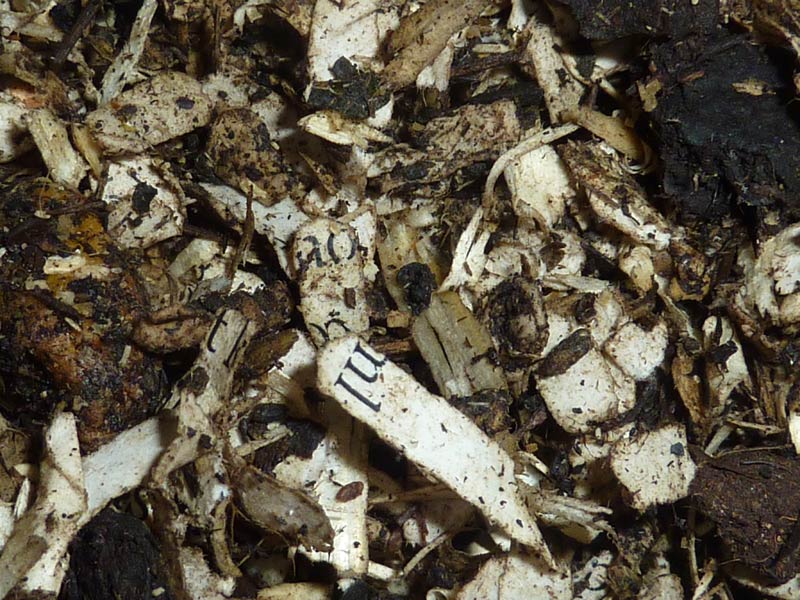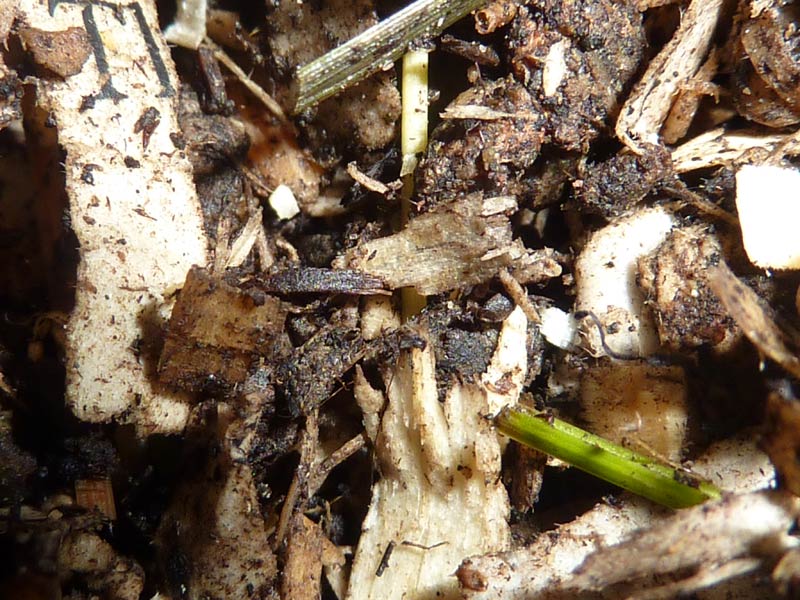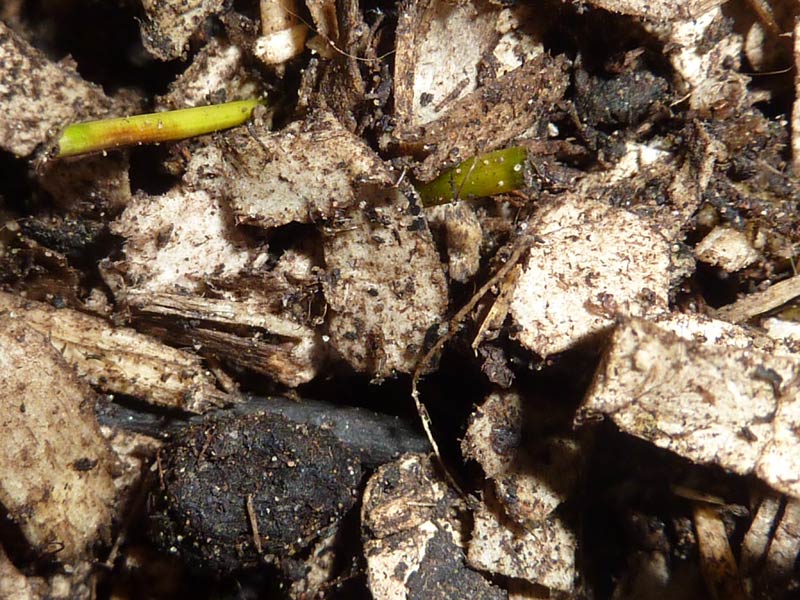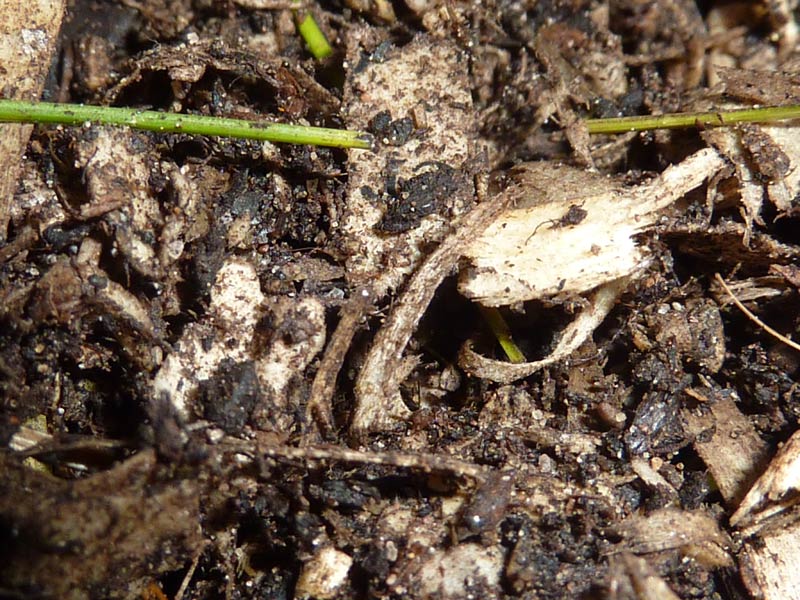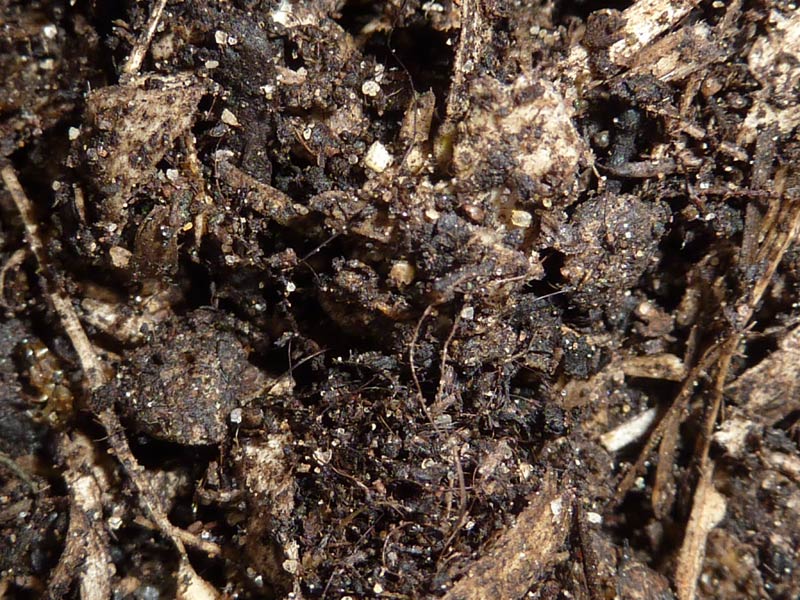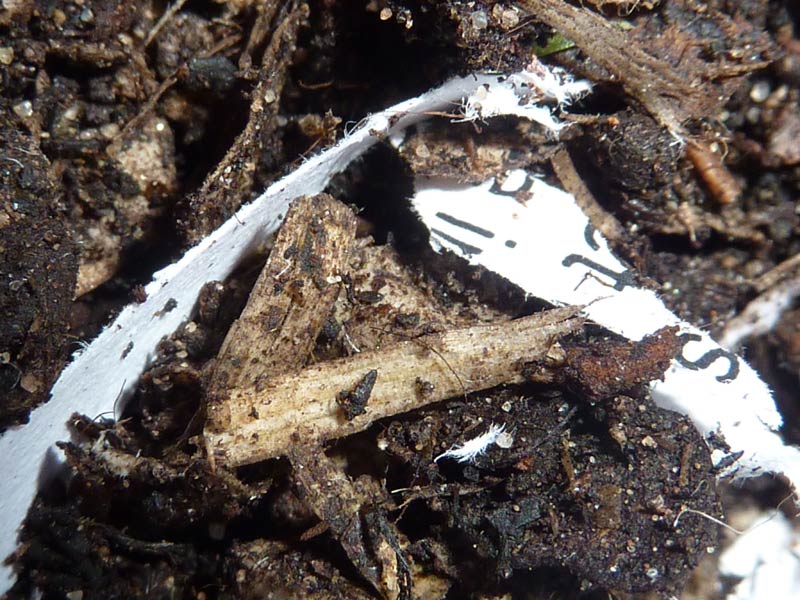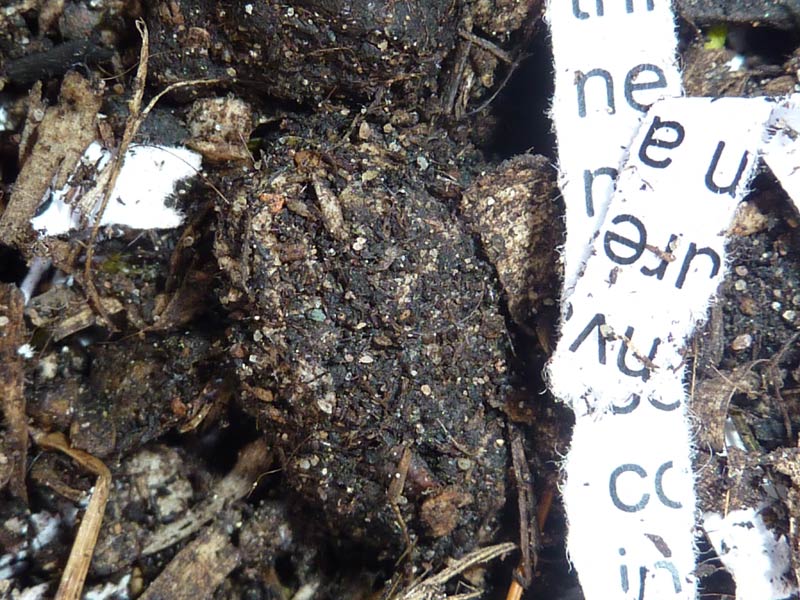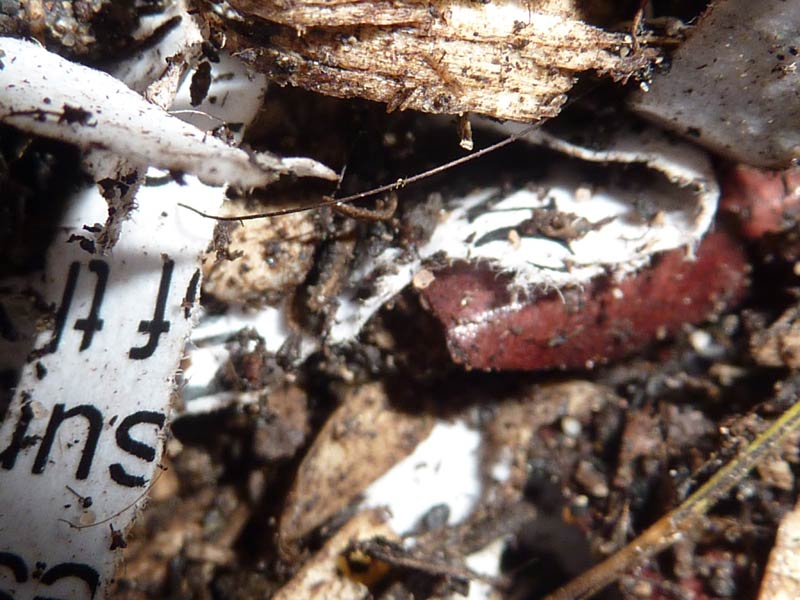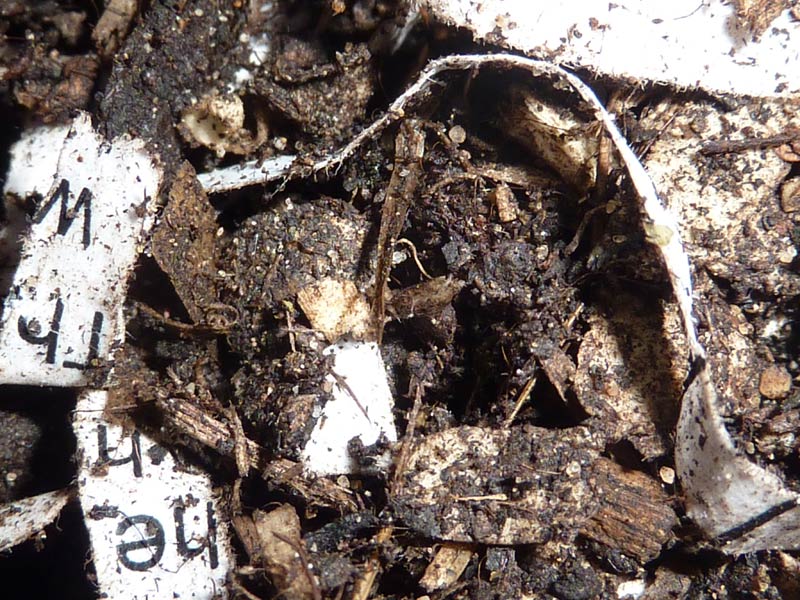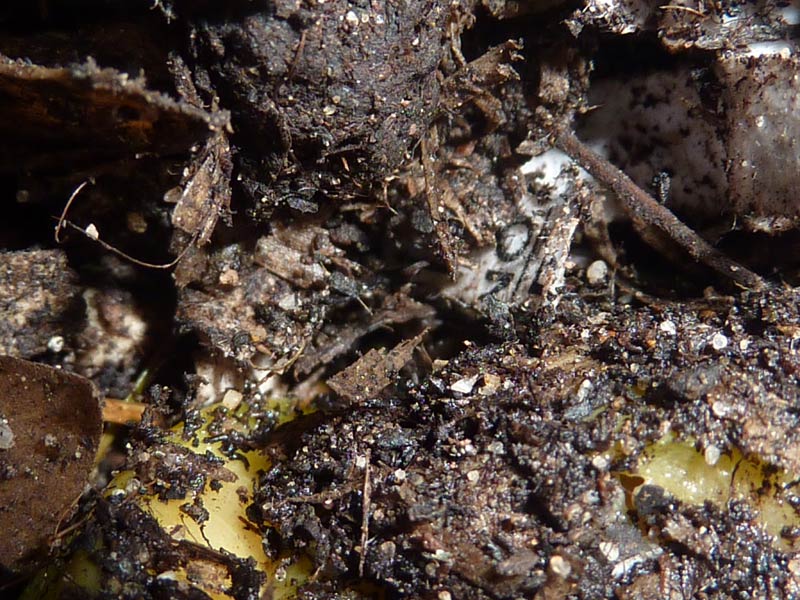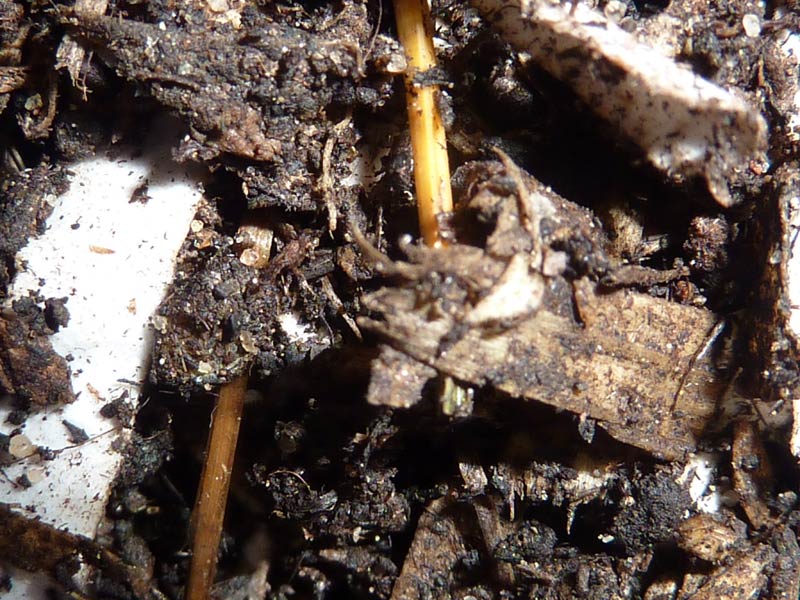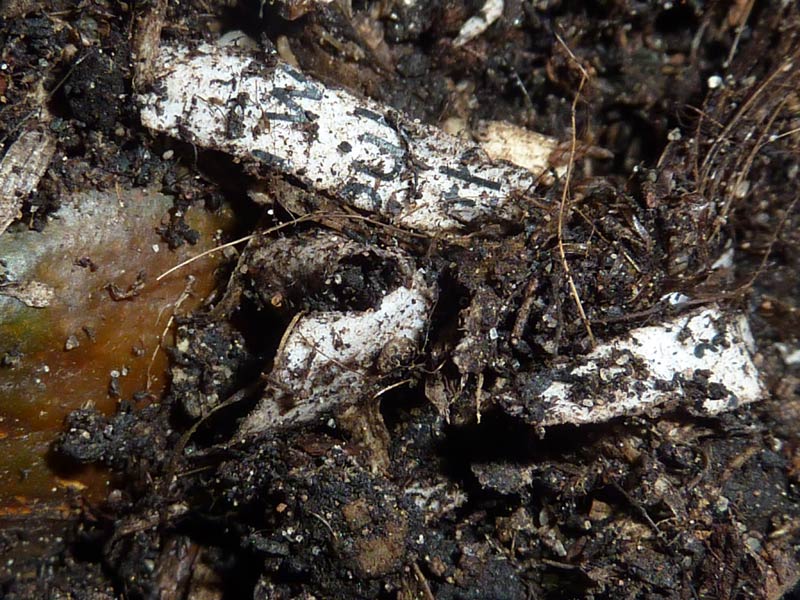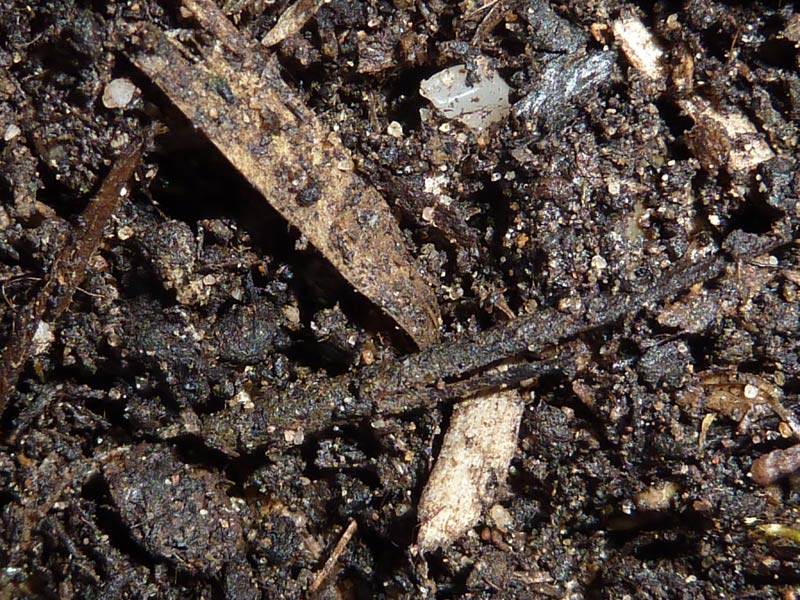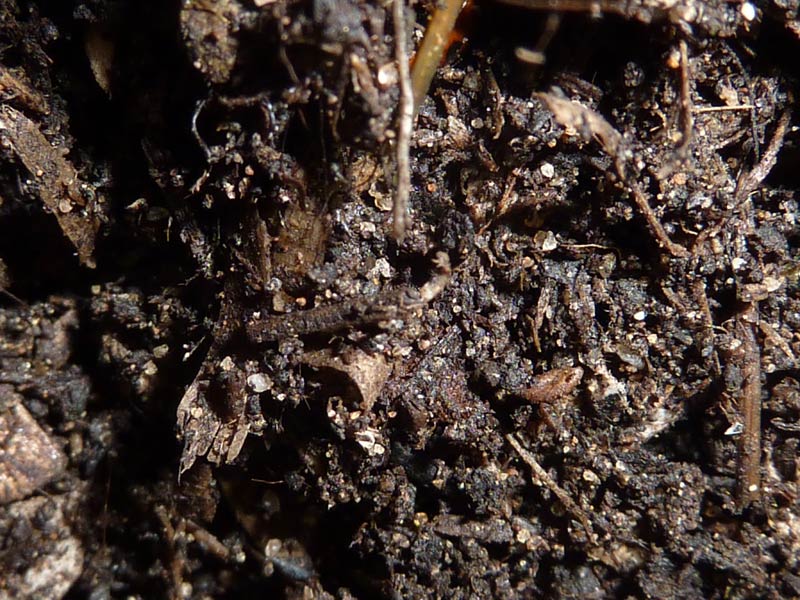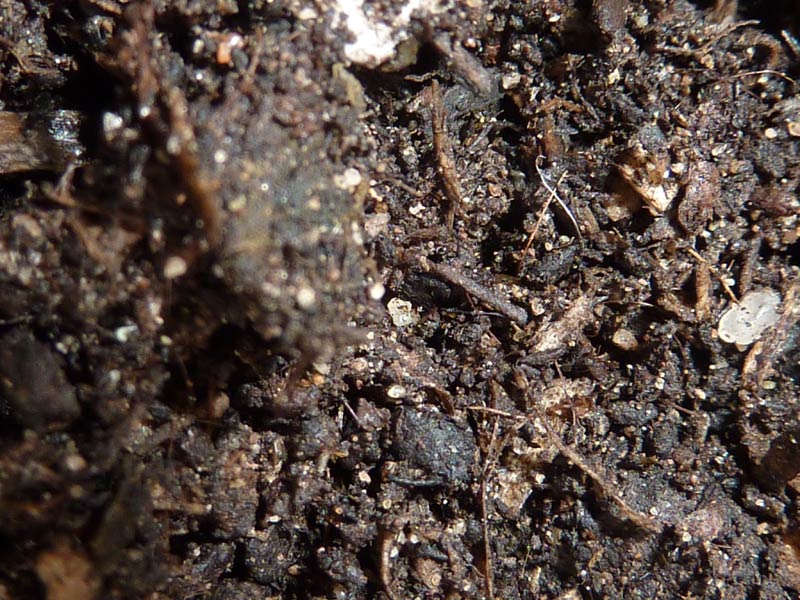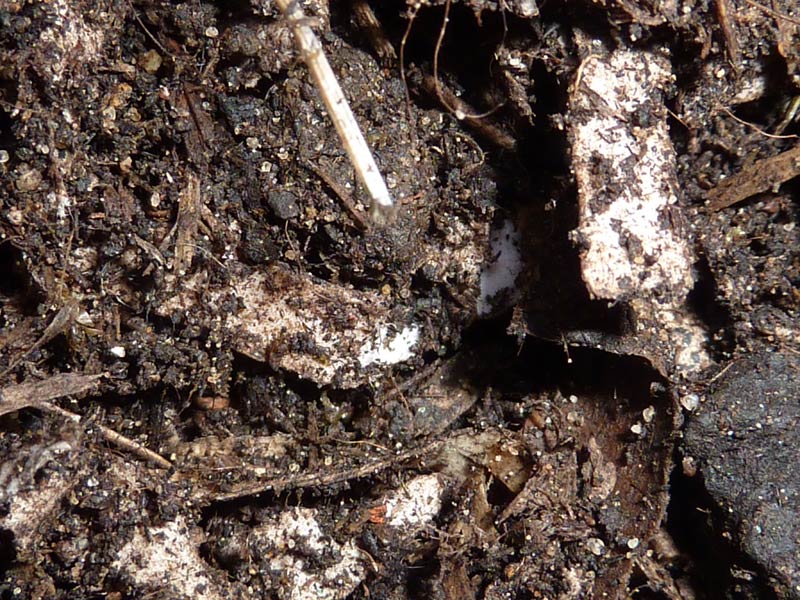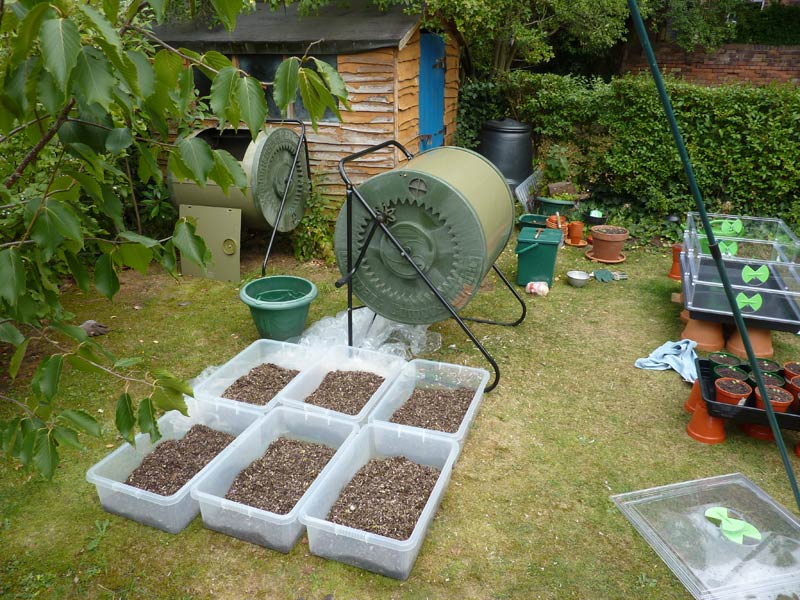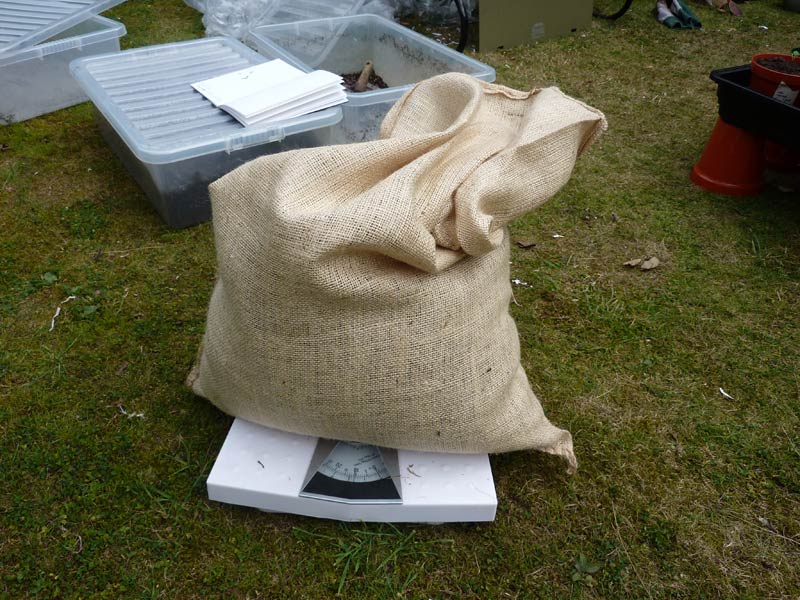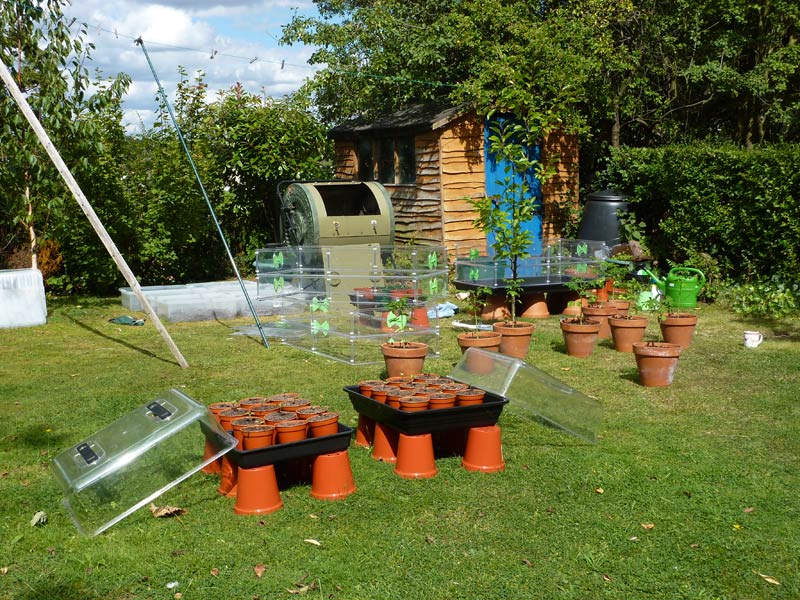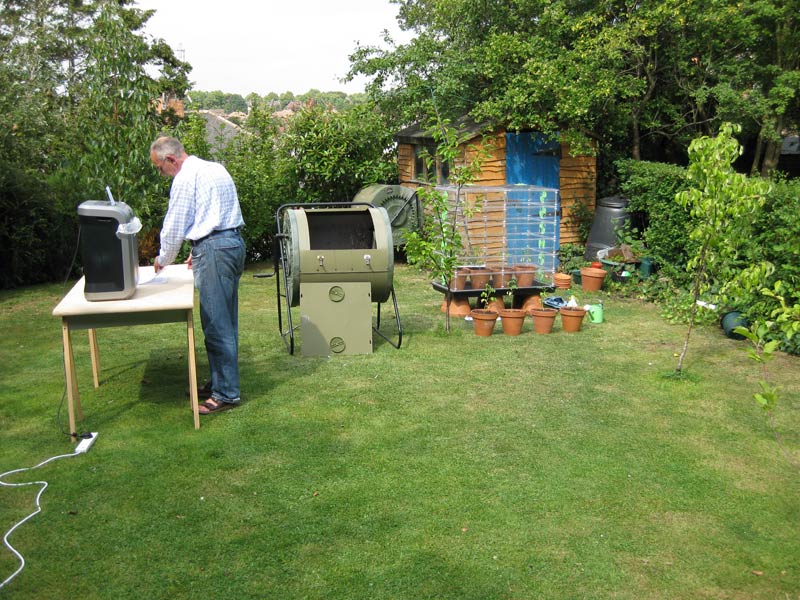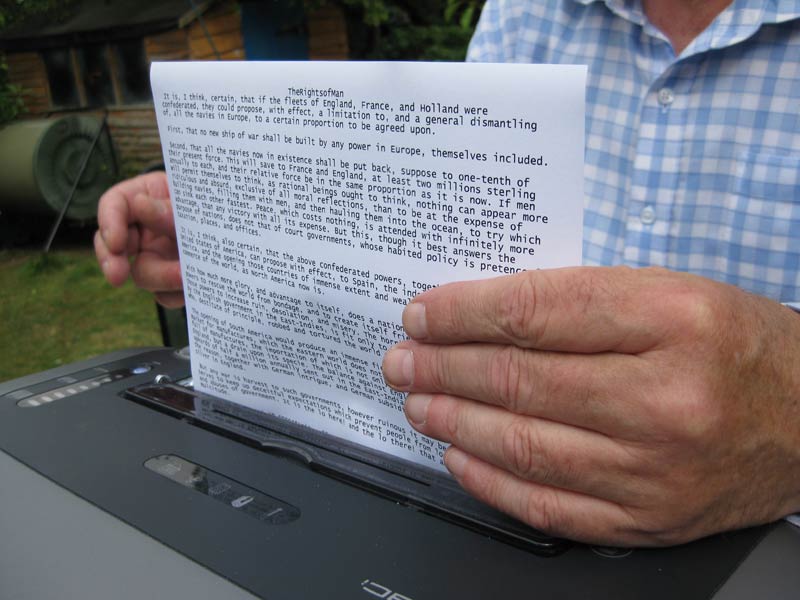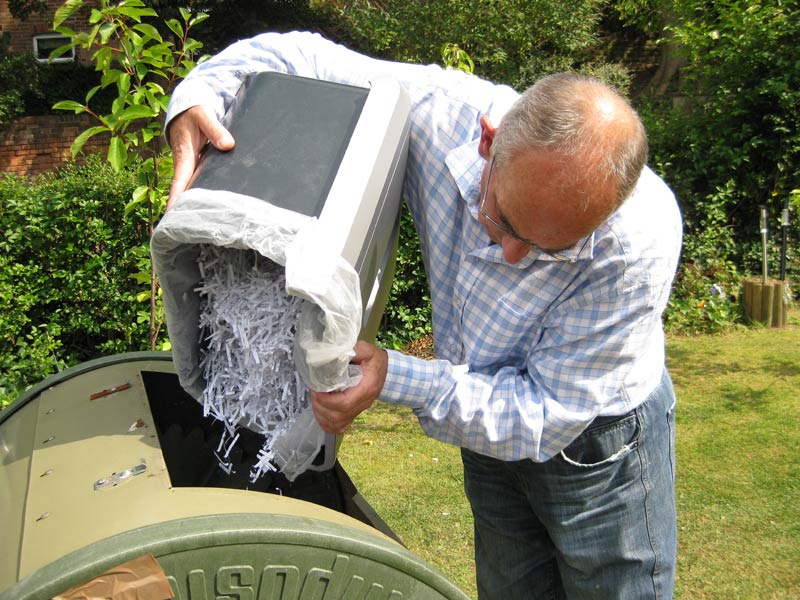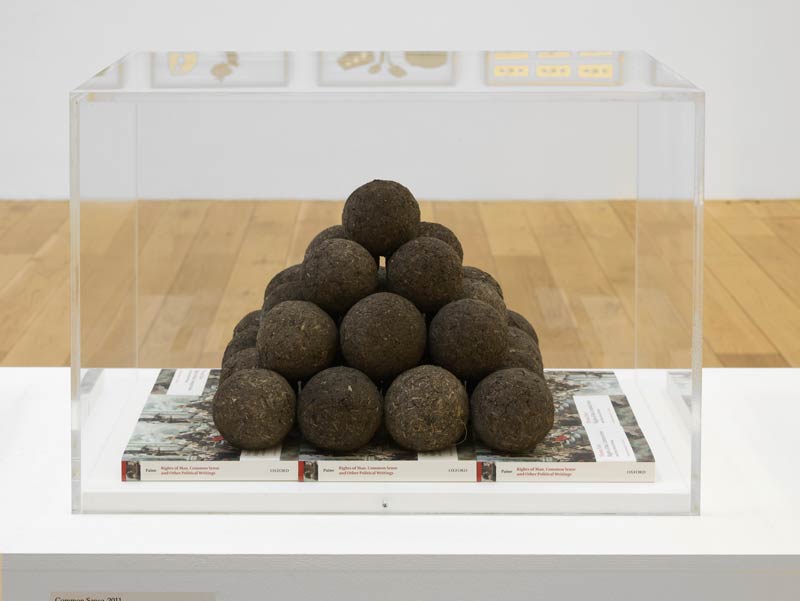Common Sense (Thomas Paine’s Soil) (2011-2012) Printed matter, constructed soil L 58.5cm x D 39.5cm x Ht 33cm
"It is in the 17th Century during the Age of Reason, over one hundred years before Gilbert White’s amateur ecology, that we can trace a desire to exert an excess of control over nature, as a basis for exploiting its material resources in the name of progress. The physical world is subjected to a mechanistic form of knowledge, which divides its component parts and transforms them into an arithmetical problem, with the purpose of rendering all things calculable. Andrew Marvell’s The Garden (1681), gives a benign and anthropomorphic face to the natural mechanism: ‘And as it works the’ industrious Bee, Computes its time as well as we’. In this early ‘time and motion study’, Rationalism prepares the ground for the political economy of the 18th and 19th centuries, in particular the partitioning of time into a working day, abstracted from its connection to the natural environment and re-organized into new forms of industrial labour. The ‘busy bee’ of industry emerges in Adam Smith’s Wealth of Nations (1776), as nature becomes a standing reserve to be exploited in the accumulation of wealth. ‘The great multiplication of the productions of all the different arts’ occasioned by the industrial division of labour, gives rise to a particular type of economic exchange, in which the quantity of labour expended in production becomes the constant measure of a thing’s value. A social and historical soil is constructed which for the next two hundred years will sustain the imperative of economic growth, premised on the maximization of time, and with the sole purpose of accelerating the mass production and consumption of commodities." (extract from Between Laboratory and Garden: An Ecology of Values by Dr Jonathan Willett)
I was asked by Robert Blackson, curator of the Temple Gallery in Philadelphia, to make a soil project. After some research I found out that Thomas Paine, after a meeting in London with Benjamin Franklin, emigrated to Philadelphia where he worked and published many pamphlets that were both visionary and revolutionary. I decided to construct soil from copies of Paine’s ‘Rights of Man’ and ‘Common Sense’ texts. Published in 1791 this book along of other Thomas Paine texts are acknowledged as revolutionary texts.
Over a period of 31 days I constructed a soil/compost made from 9 complete copies of this revolutionary book. The soil consisted of approximately 75% text with the remaining 25% being made up of vegetative matter as a catalyst of the transformation from books to soil. The process produced some 7.5 cubic feet of soil that weighed approximately 30 kilos.
Finally I rolled and dried the soil. I then stacked the 30 balls to form a structure reminiscent of a cannon ball mound; both a response to Paine’s revolutionary thought and as cannon balls that sustain rather take life.
Sadly the American authorities would not allow the soil entry to their country. The work will became one of several soil works as part of the exhibition ‘Ecologies of Value’ in January 2013.
